Essentially, a Recovery disc stores a copy of your Windows 10 environment without your personal files and desktop apps on another source, such as a DVD or USB drive. So if your Windows 10 is going south, you can restore it from this drive. In this article, we will illustrate how you can use a recovery drive to restore a Windows 10 computer.
Use Recovery Drive to restore Windows 10
You have previously created a recovery drive for your Windows 10 PC and at some point your Windows 10 installation is so damaged that it cannot load or repair itself, you can follow the 7 step process in the order listed below to successfully restore your Windows 10 installation using the recovery USB drive or DVD media.
- Start the PC using the recovery drive
- Select a language
- Recover from a drive
- Delete files
- Recover Windows
- Finalize recovery
- Configure Windows 10
Let’s take a look at the brief description as it relates to each of the steps.
1]Start the PC using the recovery drive
Insert your recovery USB drive or DVD into your computer. At startup, press the appropriate key to boot from the USB drive or DVD instead of your hard drive.
2]Select a language

On the keyboard layout screen, select the keyboard for your language or country. Press enter.
3]Recover from a drive
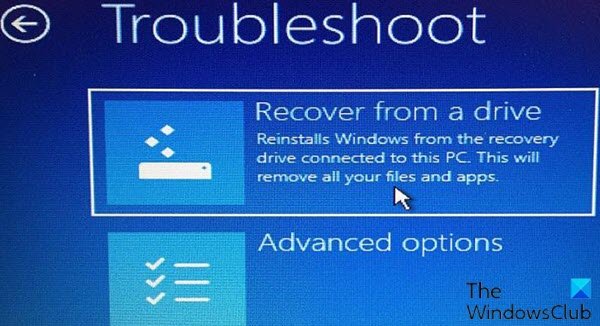
At this stage, click on Recover from a drive to ask the computer to take the version of Windows on your player. As a reminder, this means that all your files and applications will be deleted after reinstalling the operating system.
4]Delete files
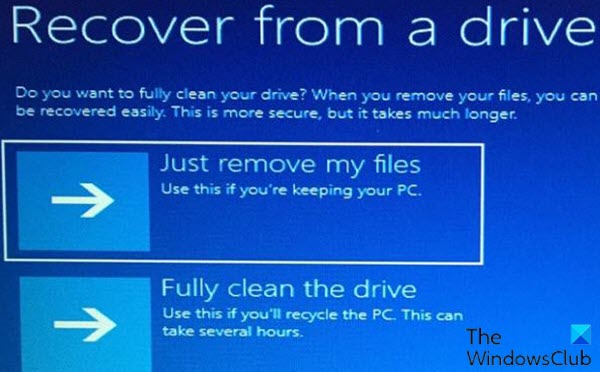
At this stage, you have the option of deleting only the files or completely erasing the operating system, if you plan to recycle the computer. Since you intend to keep this machine, click Just delete my files.
5]Recover Windows
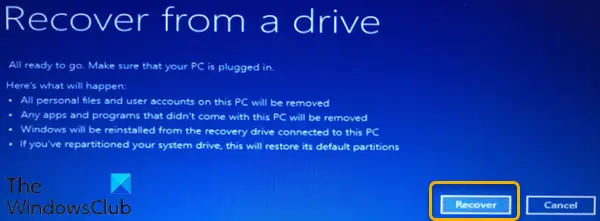
The last step is to click Recover. The computer will warn you once again that all personal files will be deleted and all applications not supplied with the operating system will be deleted. In addition, if you have partitioned your hard drive, it will restore it to its original state, which means that you will have to reconfigure the partition.
6]Finalize recovery
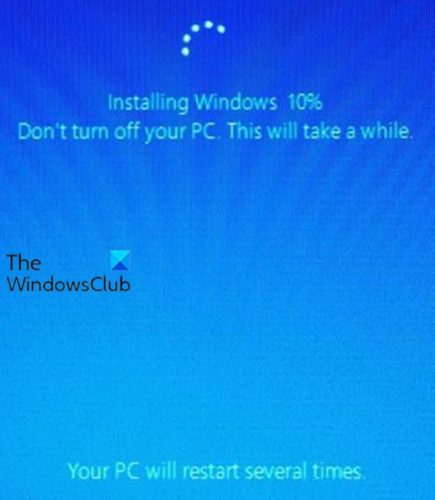
At this penultimate step, Windows will show that it is recovering your PC. Once complete, Windows 10 is officially reinstalled.
7]Configure Windows 10
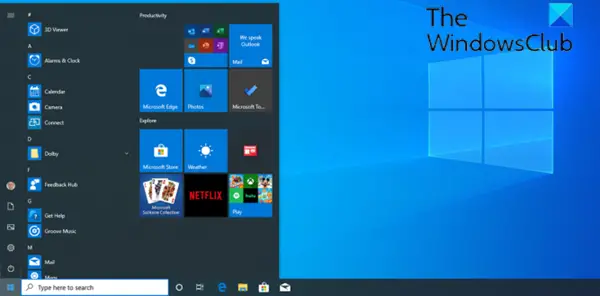
In this last step, Windows 10 then guides you through the configuration process (OOBE) and applies the updates. Once the configuration is complete, you can log into Windows 10. You can now restore your personal files if you have previously backed them up. You will also need to reinstall your applications.
And it’s your 7-step process for using a recovery drive to restore Windows 10!
Related reading: Create Surface Book and Surface Pro Recovery Drive.

